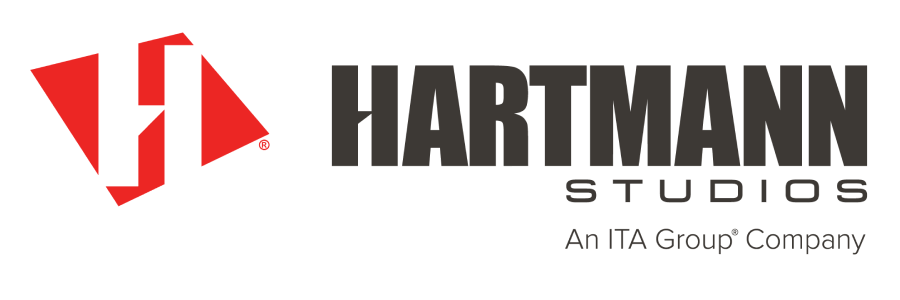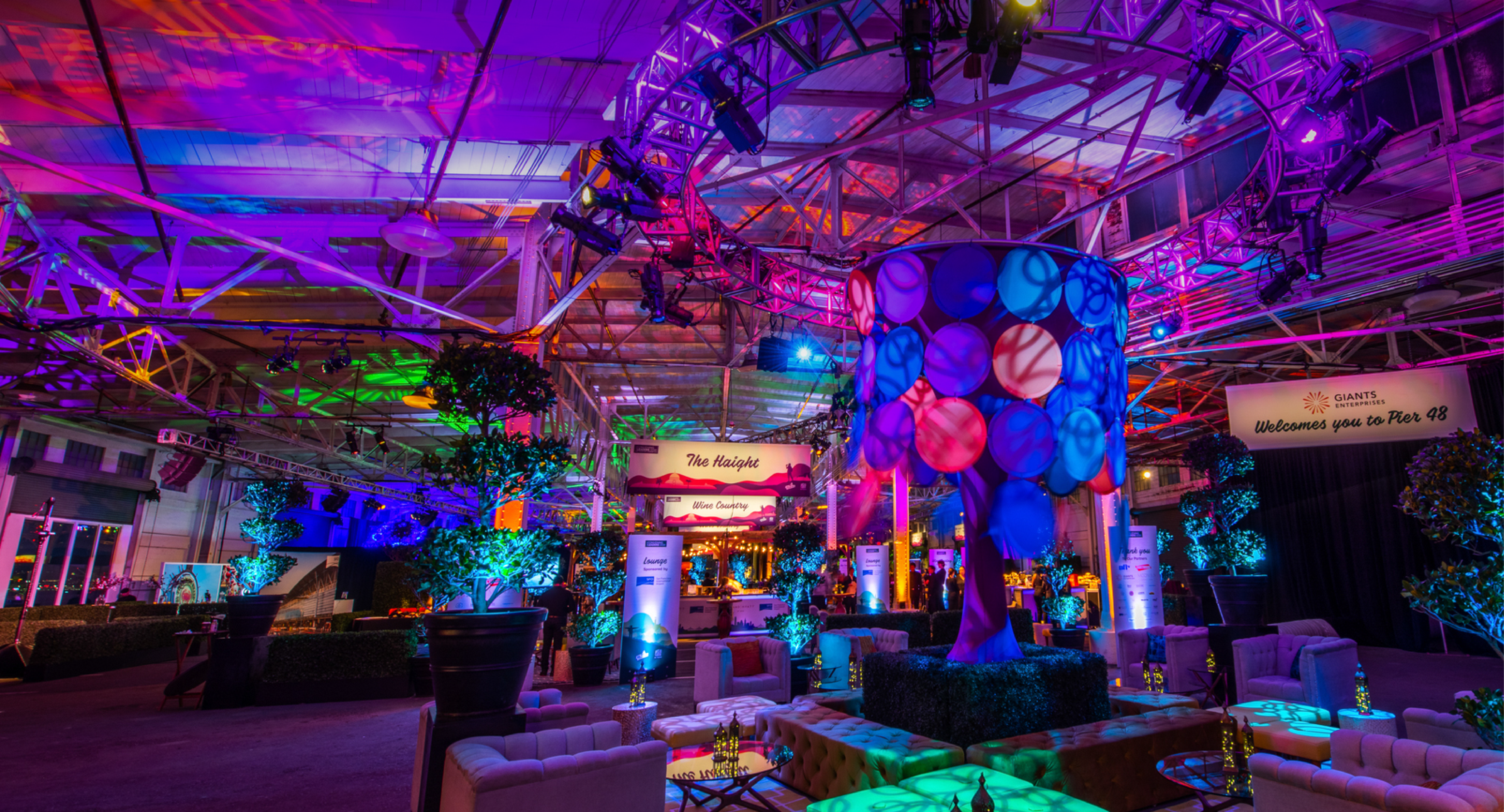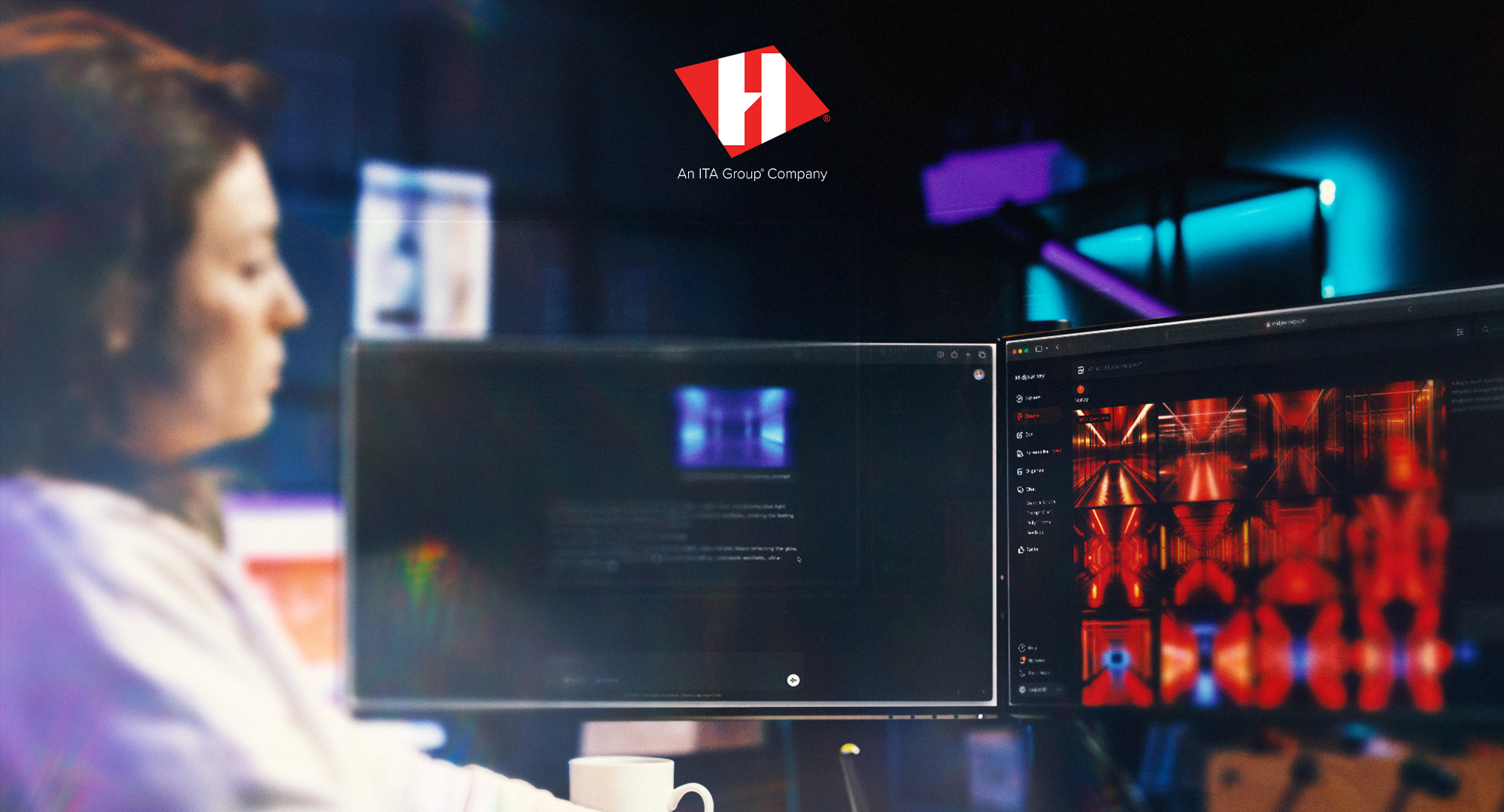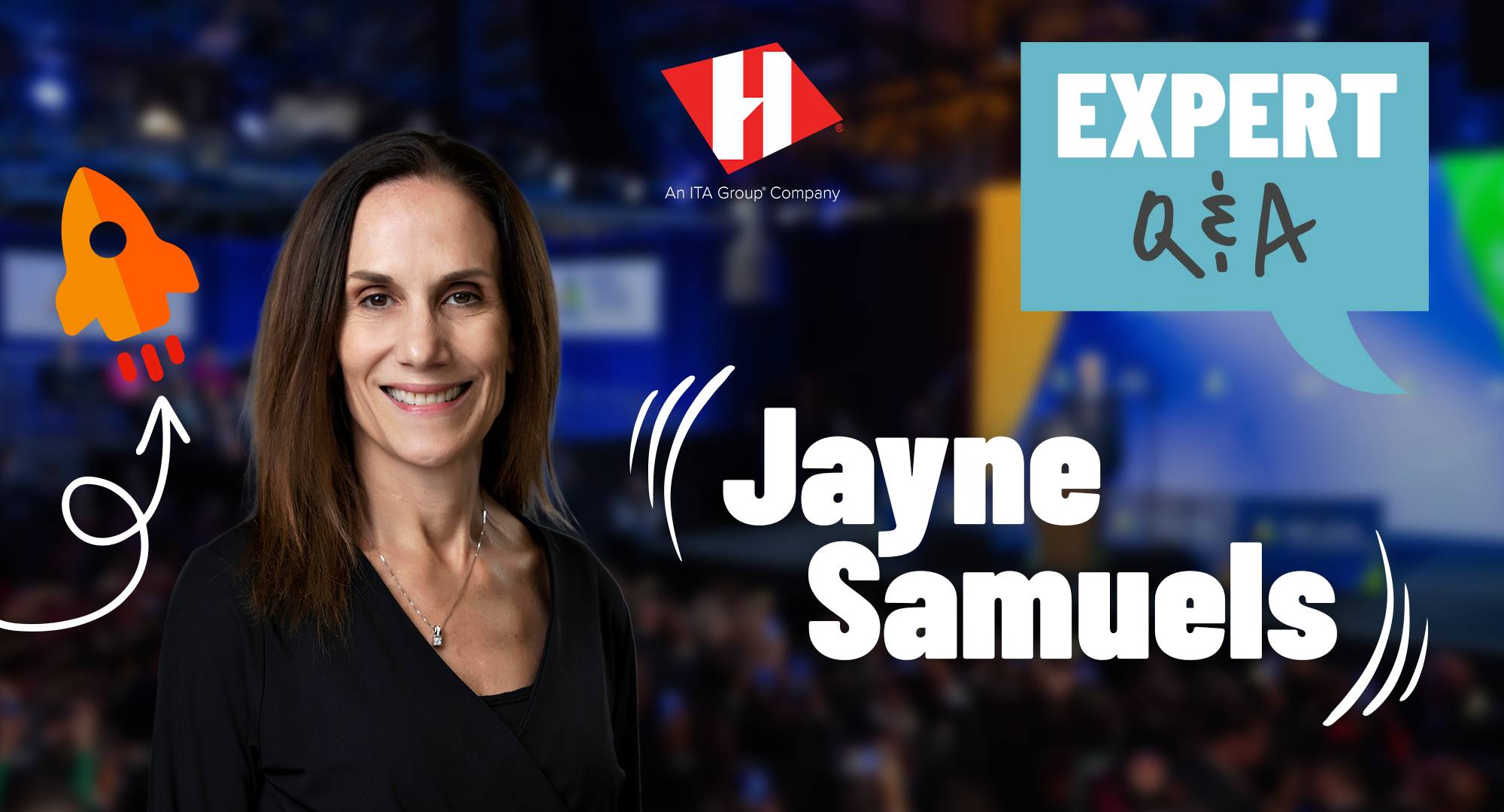Help Us Help You: A Love Letter From Your Graphics Team
Friday August 21, 2020
5 Min Read
Launching a project without clear design direction is like launching a boat on dry land: It will have you and your team going nowhere.
To properly set sail when creating design work, preparation is key and we promise it will be the gift that keeps on giving. Preparation will help avoid unnecessary back-and-forth on last-minute project changes, conflicting objectives and wasted design hours driving up your budget.
Time, indeed, equals money.
Below are 5 strategies stakeholders can use to avoid miscommunication and frustration.
1. Have a creative brief: Plan ahead
Take the time to write a creative brief; this will provide much-needed transparency. Thorough communication from the start of a project will provide your design team with a solid foundation and reduce wasteful guesswork.

Be sure to include:
- Clear scope of work
- Overall desired tone
- Timeline with milestones
- Existing asset files that may need to be included (i.e. branding guidelines, logos and photos)
- Expected deliverables: What, exactly, needs to be designed? Will multiple variations (sizes, languages, etc.) be needed for these deliverables?
• Multimedia assets
• Print collateral
• Signage
• Speaker support/presentations
• Digital assets for web or mobile devices
2. Be direct: Clarify with visuals

If you have a specific vision for your project, we highly recommend providing your team with examples of the visual tone you are trying to achieve.
And please, for the love, don’t ask your team for something “hip,” “sexy,” or “cool” because more than likely their version of hip, sexy, and cool is different than your own.
Use specific words and phrases like mid-Century modern architectural feel, 1970s-era punk rock poster vibe, or Carolina coast-inspired color palette instead.
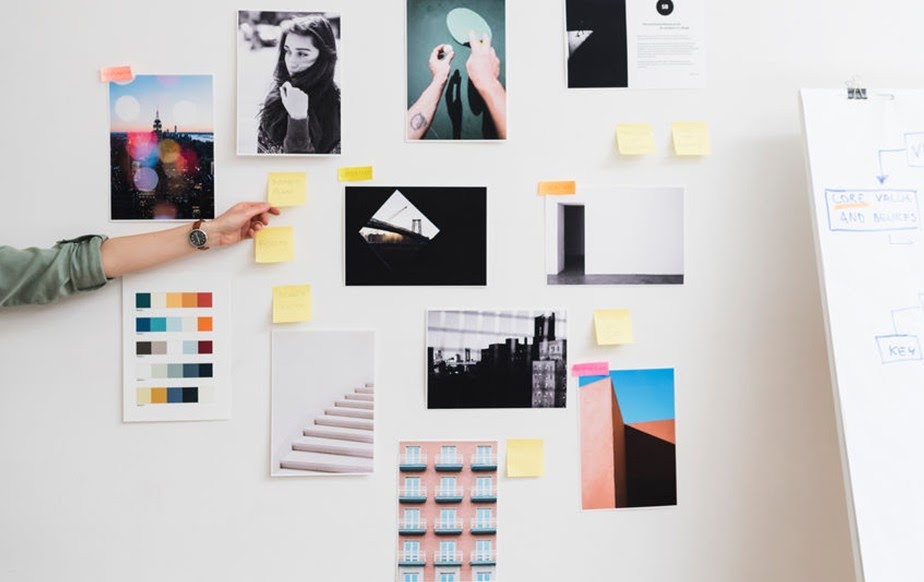
Close your eyes. What do you see?
Share inspirational images and examples of what you are looking for; we promise you won’t be judged on your design or curation skills. Anyone can create a mood board, dropping images, fonts, colors and textures that feel right for the project into a Google Slide. You can link to websites you’ve seen and liked, videos you’ve watched, or snap a photo of that recent mailer that caught your eye.
Not sure where to start? You’ve exhausted Pinterest? Check out these websites for inspiration:
Your team will thank you for the time you spend painting a picture for them. The more examples and guidance you can provide will help smooth the design process from start to finish.
3. Get your assets in order: Stay organized
Let’s start with, what is an asset?
Are there specific photo(s) that need to be included? That is an asset. Are there logo(s) that need to be placed on the cover page? That is an asset. Are there fonts or specific PMS colors you wish to use? Ding-ding, those are assets, too.
Asset is a catch-all term referring to any supplemental materials needed to successfully complete a project and they come in a wide variety of file types (i.e. jpeg, .png, .eps, .ai, .pdf, .svg and more).
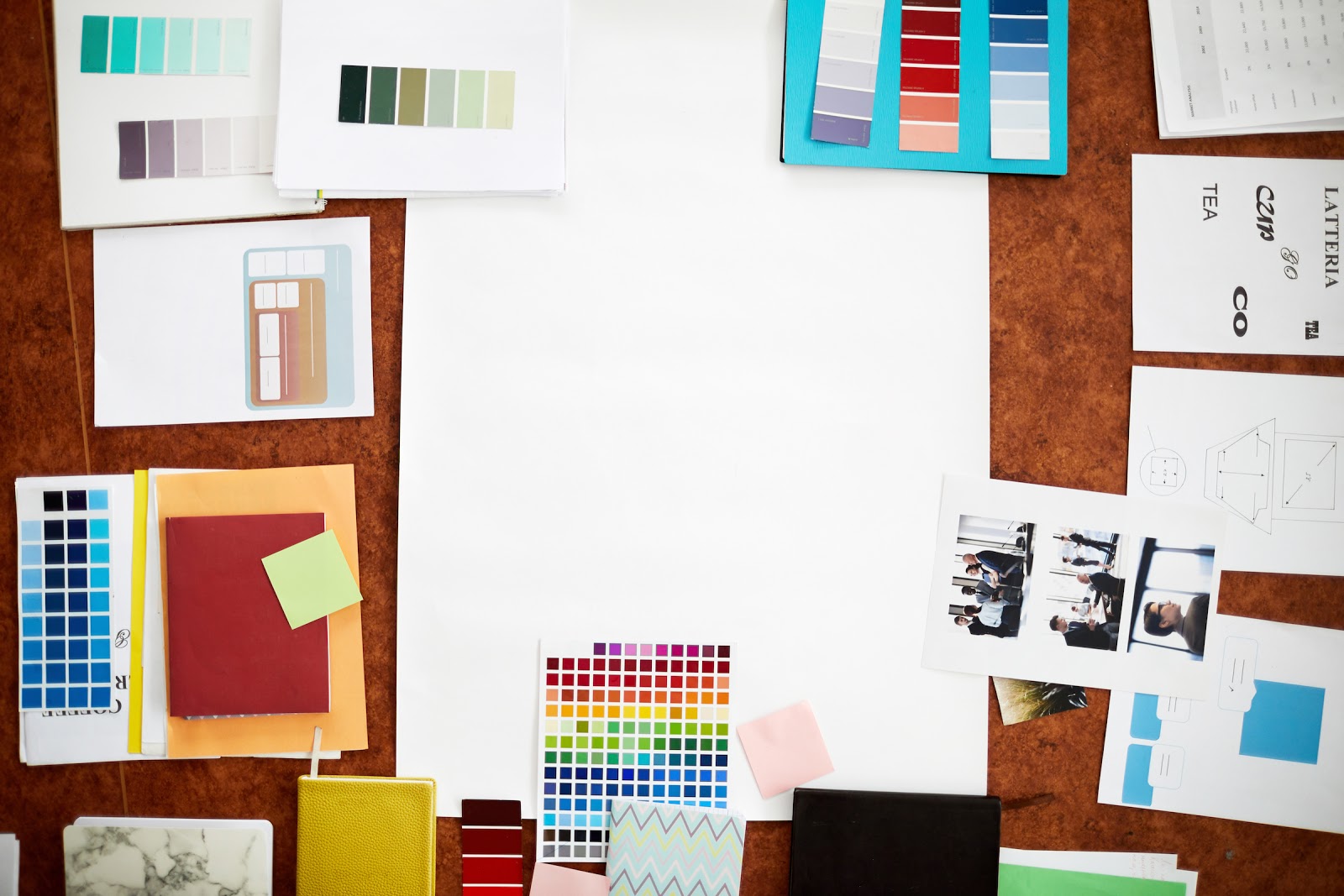
First and foremost, if brand guidelines exist, those should be shared with your design team.
Unlike the visual samples you pull together to share with your design team to clarify the project’s vision, assets needed to complete a project must be high-quality source files. This is especially important for printed design projects, and the need for high-resolution assets grows along with the scale of the finished product.
Here are some quick tips on gathering assets:
- Don’t save thumbnails found online or provide images that have been embedded in a presentation document (i.e., Powerpoint or Keynote presentations)
- Original, high-resolution files are preferred
- If needed, your design team can downsize files for use on webpages or small-scale multimedia; “upsizing” poor-quality files is sadly not a thing
- As a general rule, high-quality images are typically 300 ppi (pixels per inch) or better
- Consider using stock photography or invest in a professional photographer to capture custom images
- Logos and other brand elements should be shared as vector files (i.e., .eps and .ai files)
- Whenever possible, take time to reach out to the owner of any editable, source files
- Often, one design project builds upon another that’s already been completed; having access to editable, full-sized files will prevent your design team from recreating assets from scratch
Looking for inexpensive or free images online? Check out these sites. Some also offer paid images which may be worth the splurge.
4. Employ a copywriter: A worthwhile investment
Designers are famously not copywriters.

Their focus is on creating beautiful design solutions, not figuring out if they should be using sentence case versus title case. A trained and talented copywriter can help establish a consistent voice and bridge the design’s visual tone with the copy.
5. Revisions: Consolidate feedback
Let’s face it, everything is needed on a quick turn in the design world. To best utilize your design resources, limit planned rounds of revisions and ask that all requested changes be consolidated as concisely and clearly as possible.
Also, take time to reconcile competing direction coming from multiple reviewers and make sure the final answer is easy to understand.

It is important that feedback given during a review must be clear and actionable. For example, “change logo” is not actionable, but “change Delta logo to Alpha logo” is actionable.
When feedback isn’t direct, the project delivery date may be delayed and the bill from the designer will most likely be more than you anticipated. We want you to end your project on a high note!
Help us help you better. xoxo
Love,
Your amazing graphics team
Do you need help with a design project? Contact us today. Our multi-talented design team would love to help bring your vision to life.
Read more stories
View AllAll Posts
4 Ways Environmental Designers Support Creative Event Production
Event design draws us out of our everyday environments. Dynamic displays, scenic builds and dramatic stages capture the audience’s attention. Customized spaces come together thanks to the behind-the-scenes talents of environmental designers. These solution-oriented event production experts believe great event design shouldn’t just look incredible. Thoughtful design elements open minds and promote interaction. Here are...
4 Min Read
All Posts
Elevating Event Production with AI Tools
As artificial intelligence (AI) emerges as a redefining force in creative event production, curiosity is key. Experimenting with prompts helps Hartmann Studios’ production designer, Greg Sullivan, leverage industry-disrupting tools to inspire and streamline his work. He’s defined his dynamic career around constantly learning to meet the next wave of technological advancements. In the mid-1990s, when...
5 Min Read
All Posts
Engaging Main Stage Production with Jayne Samuels
What you need to know Jayne Samuels’ background as a performer informs her approach to event production. A former dancer, she embraces the complex choreography of staging corporate events as a fun, fast-paced challenge. As an executive keynote producer, Jayne leads dozens of team members toward achieving event visions that entertain and inspire audiences. She...
5 Min Read
